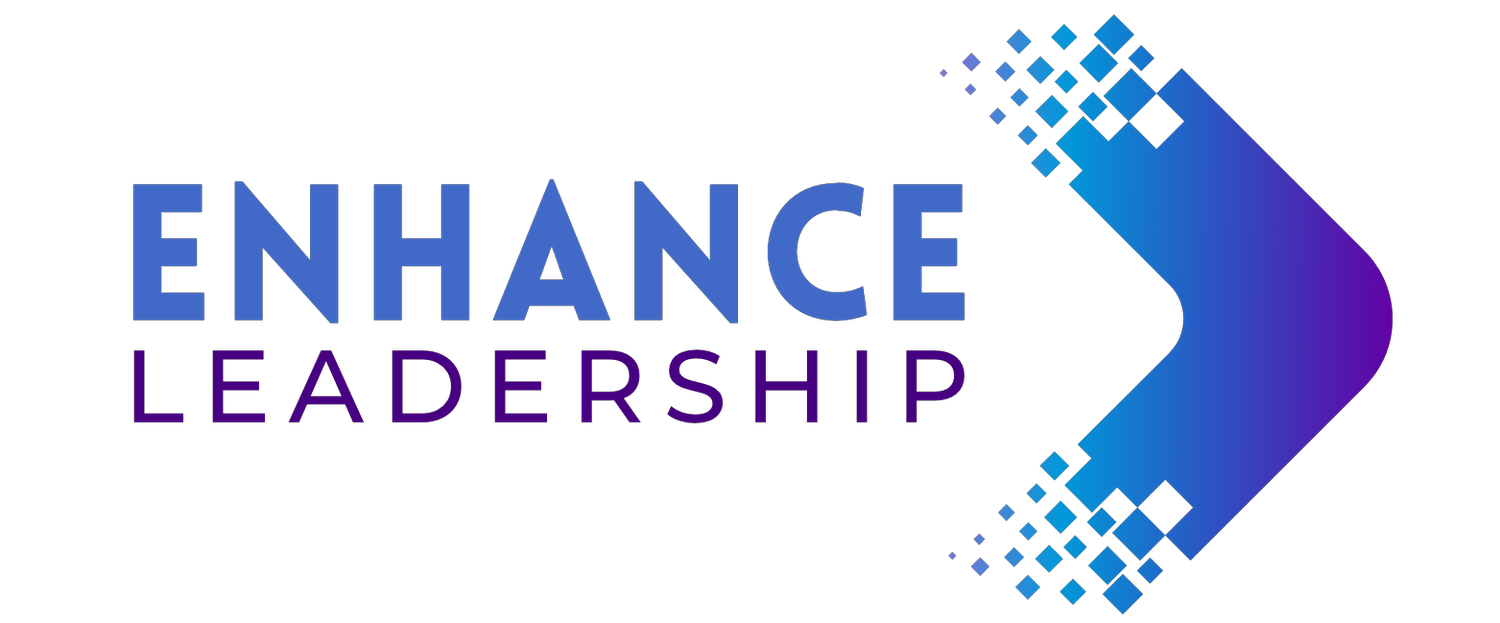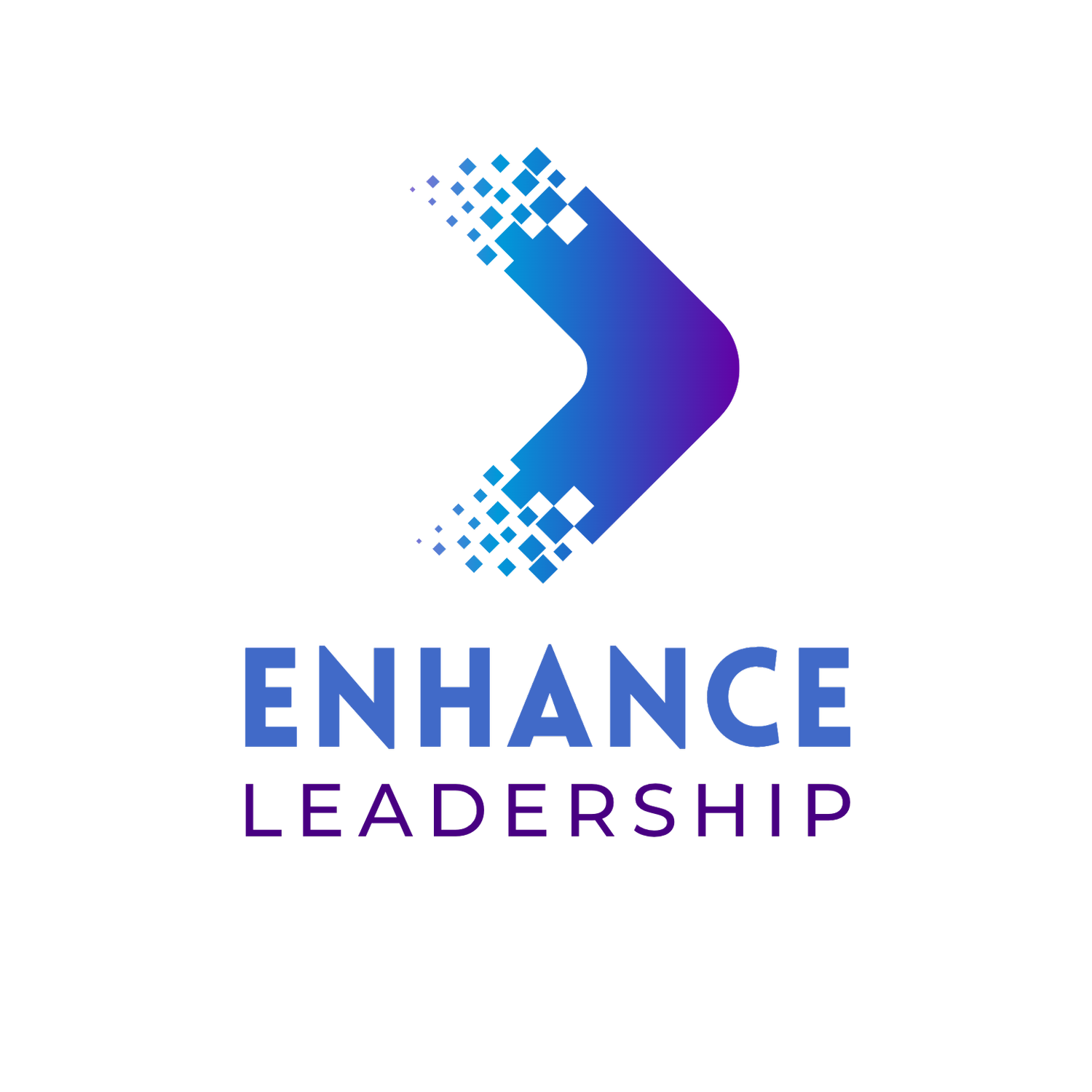How to Create a Simple Team Charter That Builds Trust and Alignment
Teams don’t succeed by accident. Behind every high-performing team is clarity: clarity of purpose, clarity of expectations, and clarity of how to navigate challenges together. A team charter is a simple but powerful tool to create that clarity. It acts as your team’s agreement — a living document that defines how you’ll work together, what you value, and how you’ll handle bumps along the way.
Here’s a step-by-step guide to building a team charter that actually works.
1. Define the Team’s Purpose and Goals
Start with the why. A charter should answer:
Why does this team exist?
What are we trying to achieve together?
How does our work connect to the bigger picture of the organization?
For example, in one charter draftTEAM CHARTER, a nonprofit team set their shared goal as working together to support children’s development through play. Framing your goals this way helps everyone anchor decisions to the larger mission.
2. Clarify Core Values and Norms
Norms are the behaviors you agree to expect from each other. They’re the unwritten rules that, when made explicit, build psychological safety and trust.
Examples of strong team norms include:
We listen actively and without interruption.
We assume positive intent.
We start and end meetings on time.
We balance participation so every voice is heard.
Tip: Keep it to 5–7 norms so they’re memorable. Revisit them regularly and ask, Are we living these values?
3. Anticipate Challenges — and Agree on Solutions
Every team faces obstacles. The best charters don’t pretend conflict or barriers won’t happen; they name them upfront.
Common obstacles (and proactive solutions) include:
Poor communication → Set a clear communications plan (how often, which tools, what to do if someone can’t attend).
Unclear roles → Define responsibilities early and write them into the charter.
Language or cultural differences → Agree on respectful ways to ask for clarity and avoid assumptions.
Unresolved conflict → See the conflict protocol (below).
Naming challenges early creates resilience and makes it easier to navigate tension when it arisesTEAM CHARTER.
4. Establish a Conflict Protocol
Conflict is natural. What matters is how you handle it. Your charter should spell out a protocol for addressing conflict, such as:
Address directly: If tension arises, first speak privately with the person involved.
Seek support: If unresolved, involve a neutral team member or leader to mediate.
Escalate if necessary: If still unresolved, bring it to a higher level (manager, HR, facilitator).
Tip: Write out specific consequences for repeated violations of norms (e.g., one offense → a check-in conversation, two offenses → mediation, three offenses → review of membership). This gives the charter teeth and fairness.
5. Make It Practical: Communication and Commitments
A strong charter also clarifies logistics:
Meeting rhythm: How often do we meet, and for how long?
Tools: Which platform (Zoom, Teams, Slack, etc.) do we use for daily updates?
Commitments: What personal, work, or school commitments should the team be aware of? (This reduces frustration and helps balance workloads.)
Point of contact: Who is the primary contact for urgent issues?
These details prevent misunderstandings and reduce friction.
6. Keep It Alive
A charter isn’t a one-and-done exercise. It should evolve as the team evolves. Revisit it:
At the start of major projects.
When team members join or leave.
When challenges emerge.
Treat it as a living agreement that grows with your team.
Final Thoughts
A team charter is more than a document — it’s a shared commitment. By defining purpose, values, challenges, conflict protocols, and communication norms, teams create the conditions for psychological safety, accountability, and trust.
If you’re a leader, facilitator, or HR professional, consider making the team charter part of your onboarding, project launches, and team development sessions. It’s one of the simplest and most effective ways to align people and unlock performance.

